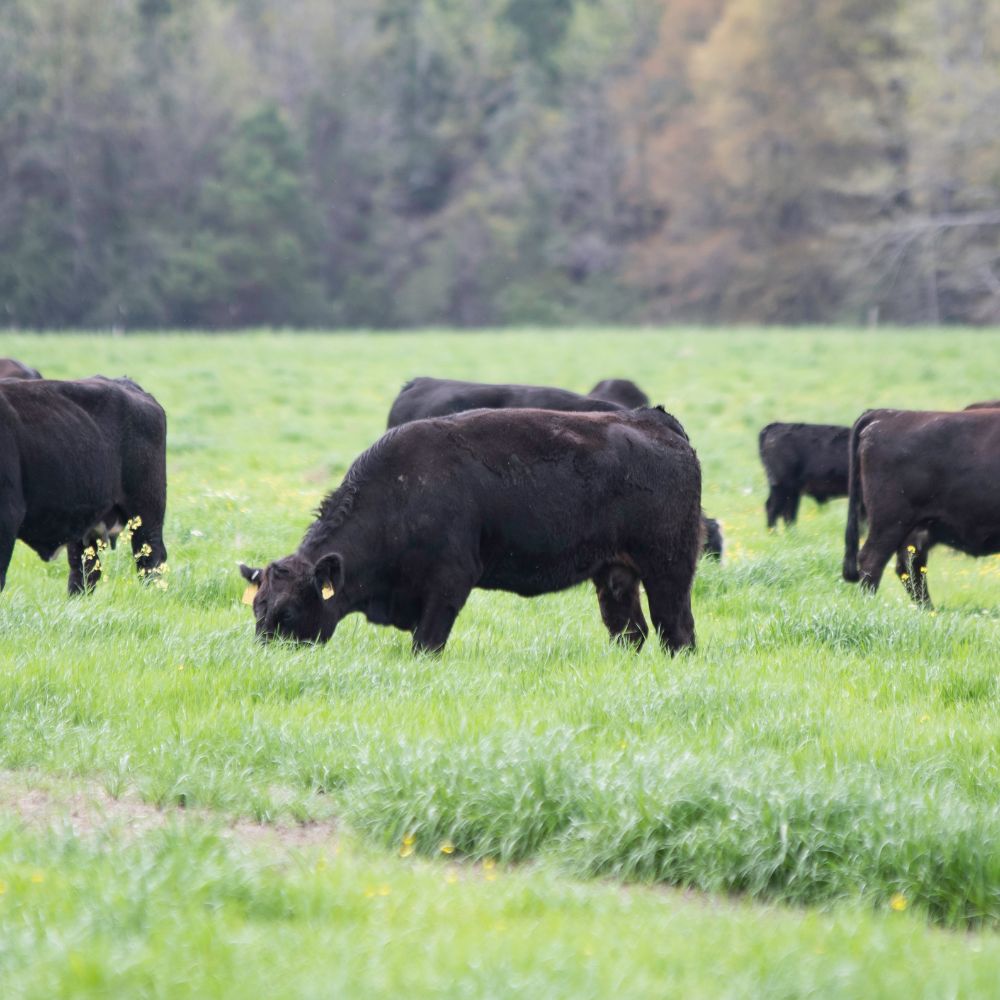What Does Bagley Risk Management Do?
What Does Bagley Risk Management Do?
Blog Article
Unknown Facts About Bagley Risk Management
Table of ContentsSome Known Factual Statements About Bagley Risk Management Bagley Risk Management Fundamentals ExplainedAn Unbiased View of Bagley Risk ManagementBagley Risk Management Fundamentals ExplainedBagley Risk Management - Truths
By doing this, if rates do drop listed below that break-even point by the end day, policyholders are secured against a loss. This is extremely similar to the method feedlots operate, though they utilize a conventional bush. When a herdsman agreements their cattle with a barnyard, they hedge those cattle to lock in the revenue factor.This will certainly be offset by the raised worth of the livestock., breeders protect versus a drop in the futures board, but do not shed out on the greater return when costs go up.
They do this by picking a reduced percent of the projected finishing worth - LRP insurance. This is a wonderful technique for those trying to find lower costs prices or who have a greater threat tolerance because of solid fiscal wellness. This technique might not protect productivity, however it can protect against serious market decreases
There is not a great deal of defense or coverage on a month-to-month basis, yet if there is a significant crash, manufacturers have the comfort that comes from knowing they will only be accountable for a specific amount expense. Simply keep in mind, really hope for the finest yet get ready for the most awful.
Bagley Risk Management Fundamentals Explained

The use of LRP as coverage for backgrounded livestock, or cattle on feed, aids alleviate that risk by safeguarding the expected worth of the animals. Feeder livestock can be concealed to a 900-pound predicted end weight and fed cattle can be concealed to a 1,400-pound end weight. With a number of weight classes to select from, it is possible to cover animals through the barnyard to the packer rail.
Applications can take a number of days to procedure and merely loading one out does not lock the candidate into a plan. When the application is approved and prepared, the LRP recommendation, with its end day and projected finishing worth, can be secured quickly. This enables herdsmans to cover calves when the rate is best for their market threat management objectives.
Picture Politeness USDA-NRCS Prices for calf bones, feeder cattle and completed livestock have actually set some brand-new records this autumn and very early wintertime. A mix of circumstances has sped up these historic rates. There is presently a whole lot of cautious optimism on the part of cow-calf manufacturers as they look at the future.
The Buzz on Bagley Risk Management

There are some advantages to manufacturers in using LRP insurance coverage as contrasted to a standard feeder cattle agreement or purchase of an option - LRP Insurance. One is the versatility in the number of livestock that can be guaranteed. There is no lower restriction to the number of cattle that can be insured
There is no responsibility to sell cattle on which you have actually bought LRP Feeder Livestock insurance coverage. You may choose to maintain ownership and still be qualified for the indemnity ought to the Actual End Value drop listed below your Insurance coverage Rate. You may market cattle covered by LRP any time, supplied the transfer of ownership does not take place greater than 60 days prior to the LRP Agreement End Date.
If cattle die and your Ag, Risk Expert is notified within 72 hours of you discovering of the death, the insurance coverage stays basically, and the manufacturer is eligible for indemnities because of rate loss, even on those animals which perished. Yes! Calf bones can currently be covered before unguis struck the ground.
The Facts About Bagley Risk Management Revealed

Applications ensure newbie customers can be pre-approved to compose an LRP plan It is totally free! Action 2) Lock in a Special Protection Recommendation (SCE) when you discover a quote that meets your objectives (Livestock risk protection). With each other, we'll protect your investment.
With the endless change and changability of the marketplace, Animals Risk Security (LRP) is something all livestock manufacturers need to consider. The main function of LRP is to protect versus the unanticipated descending price movement in the marketplace by establishing a base on any provided day and sites kind of livestock you desire to guarantee.
Not known Facts About Bagley Risk Management
There are a variety of coverage level choices ranging from 70 to one hundred percent of the expected finishing value (https://bagleyriskmanagement.godaddysites.com/). At the end of the selected insurance policy period, if the actual ending value is listed below the protection price, you will be paid an indemnity for the difference in rate. Manufacturer expects to market 1,000 head of 11cwt livestock and selects protection of $66
As of 2020, LRP (Cattle) is currently readily available in all states when the marketplace is available. 1. Feeder Cattle with finishing weights under 600lbs or 600lbs-900lbs, and 2. Fed Livestock with finishing weights in between 1,000lbs-1,400 lbs that will certainly be marketed for slaughter near the end of the insurance policy duration. whereas livestock insurance does.
Report this page